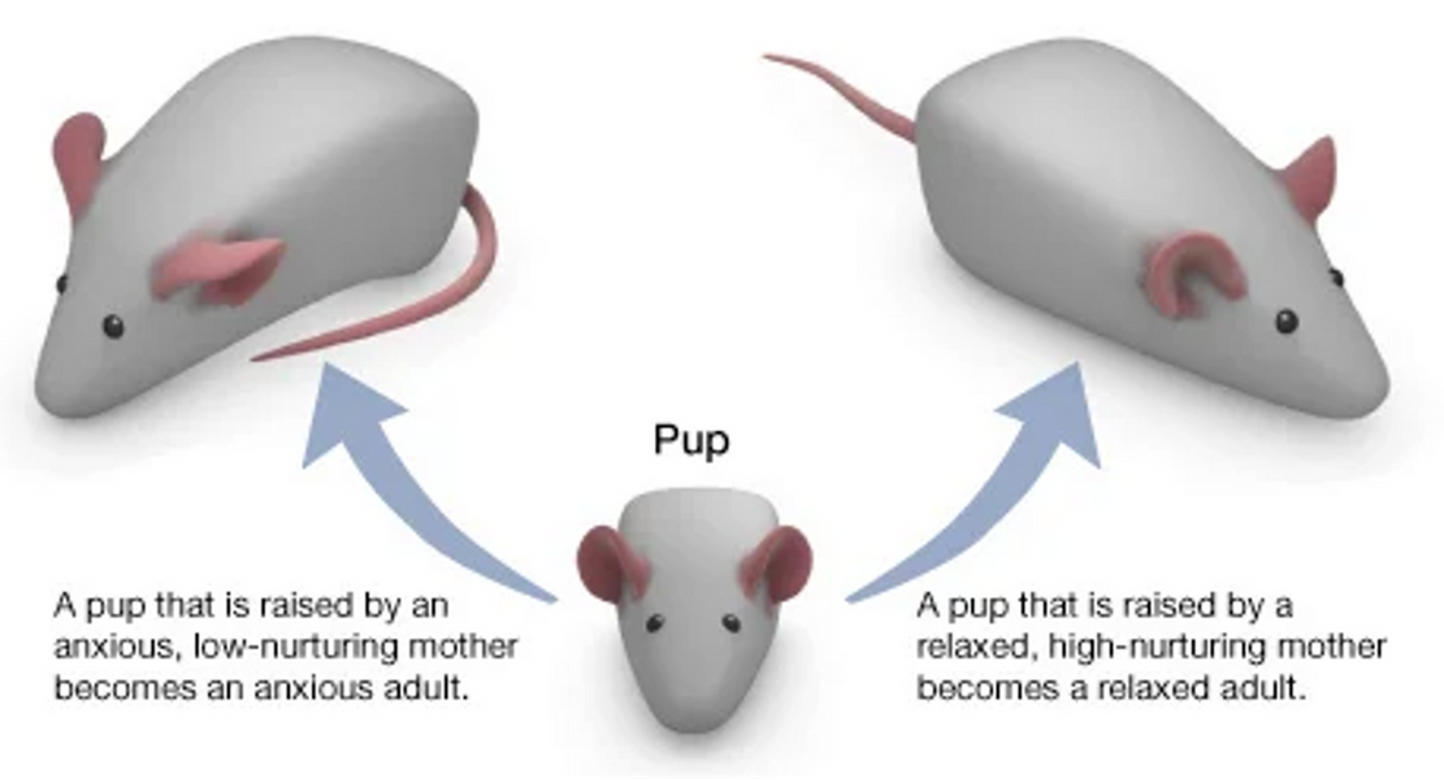Epigenetics T3 W2
1/19
There's no tags or description
Looks like no tags are added yet.
Name | Mastery | Learn | Test | Matching | Spaced |
|---|
No study sessions yet.
20 Terms
Genome
Complete set of genetic information of an organism.
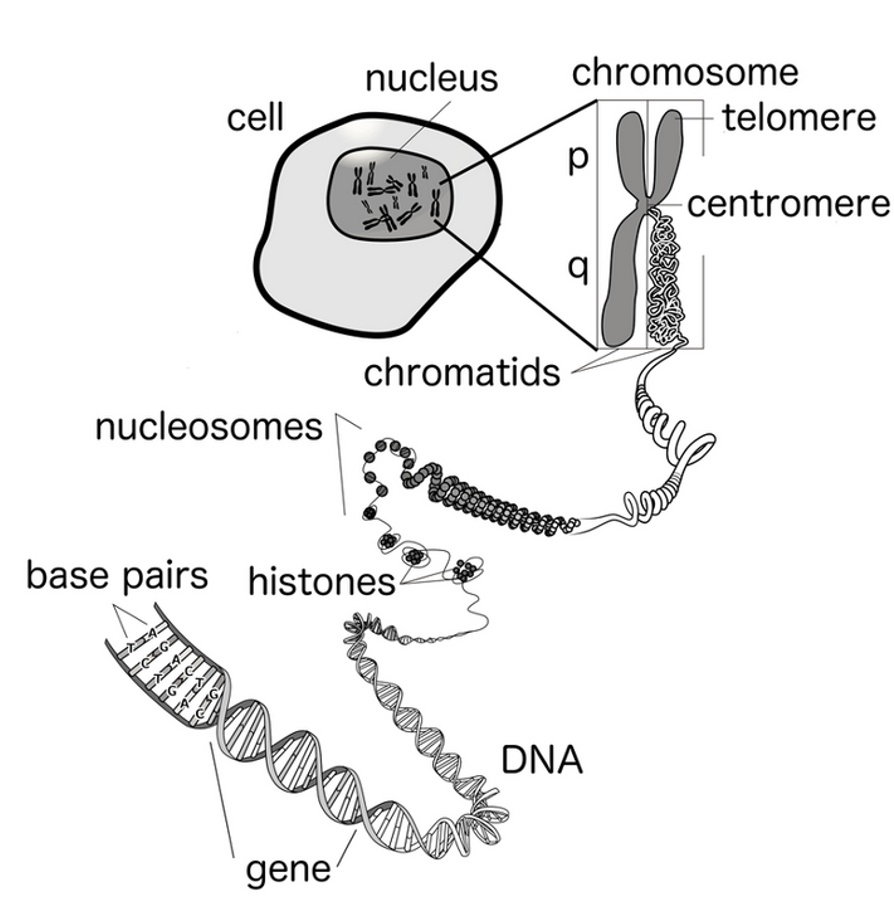
How many genes humans have, # of nucleotides and percentage of similarity between each person
⚬20 000 – 25 000 genes
⚬6 billion nucleotides (3 billion base pairs)
⚬>99% similarity in our genome
Genotype
Genetic information that an individual has.
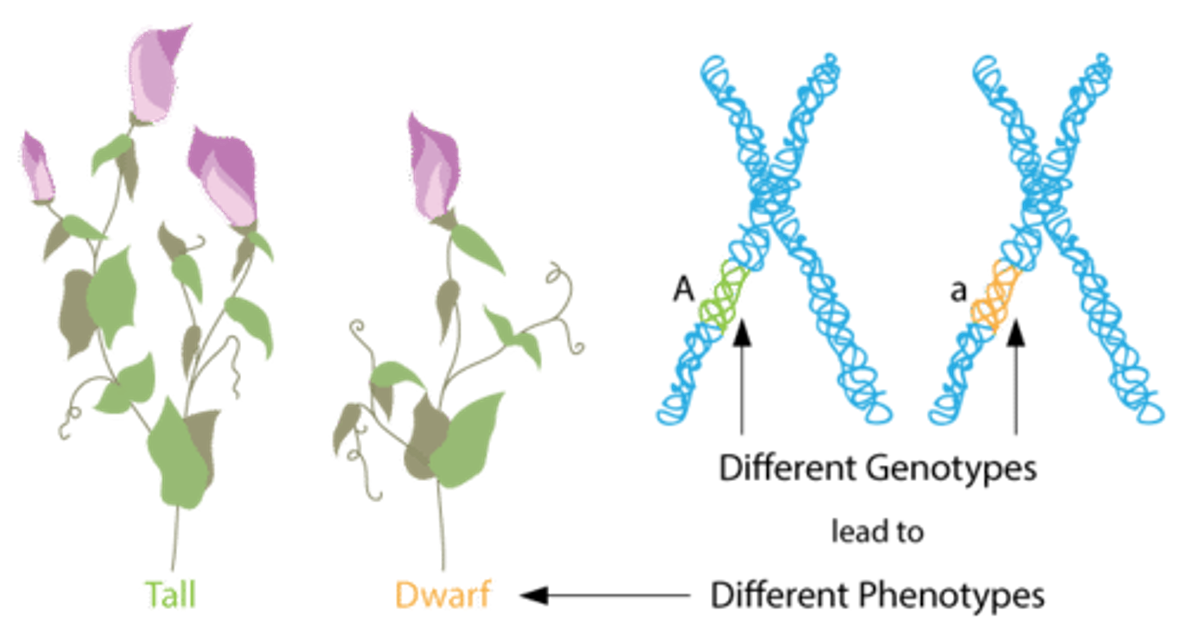
Phenotype
The sum of an organism’s observable characteristics
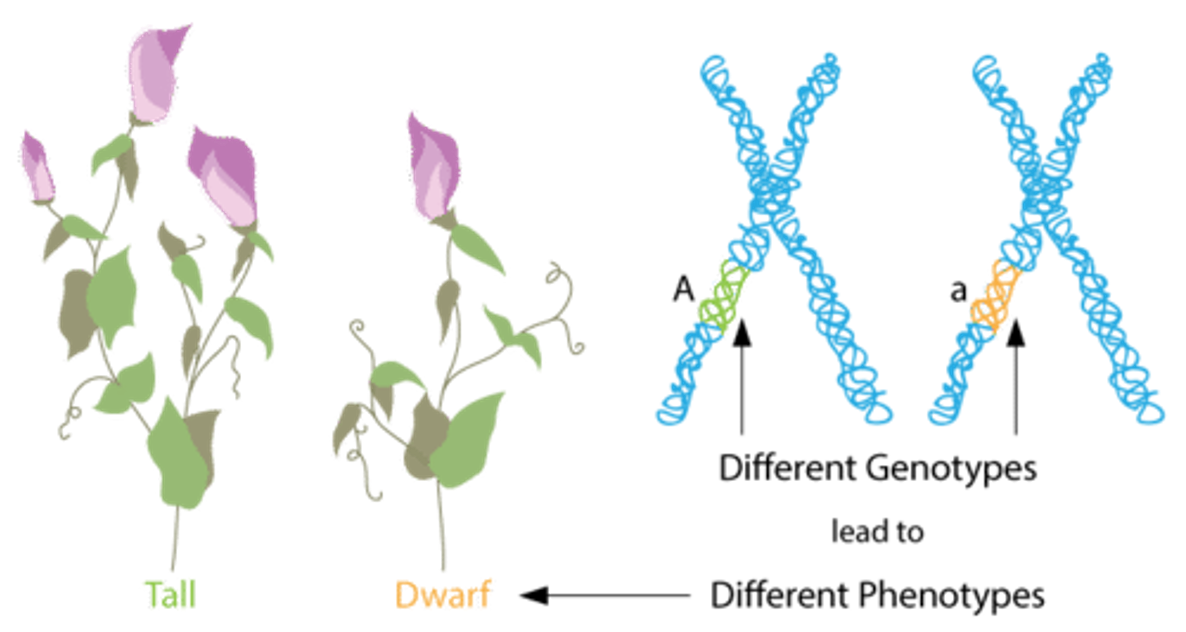
What influences your phenotype
your genotype, and environmental factors that impact gene expression.
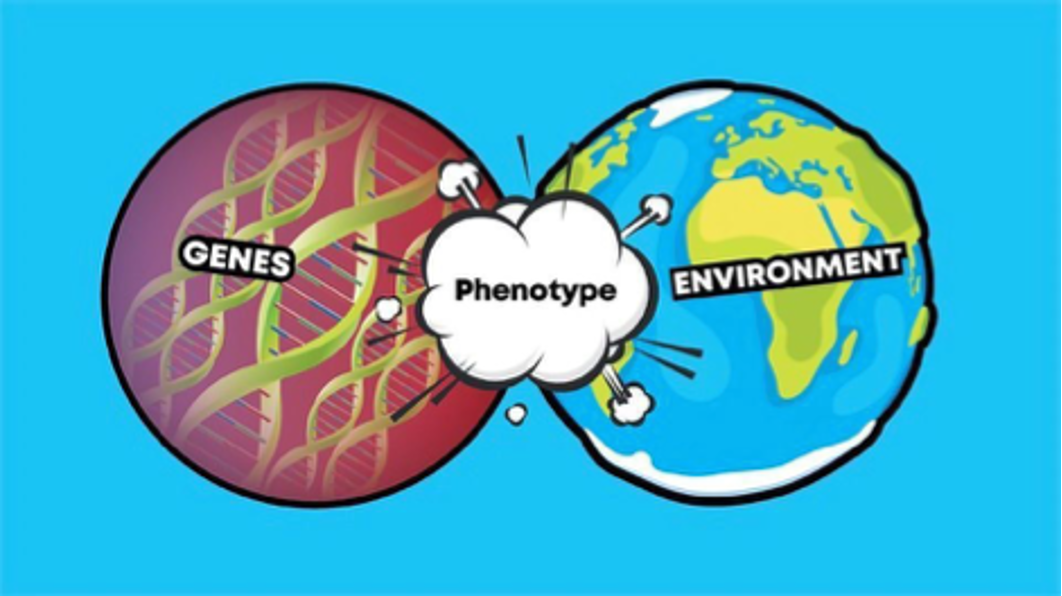
Gene expression
•The process of copying information from DNA to mRNA and then translating the message into a series of amino acids to form a protein, is called gene expression.
•All cells have approximately 20 000 genes:
⚬A gene that is being used in a cell to make mRNA is ‘switched on’
⚬A gene that is not being used in a cell to make mRNA is ‘switched off’
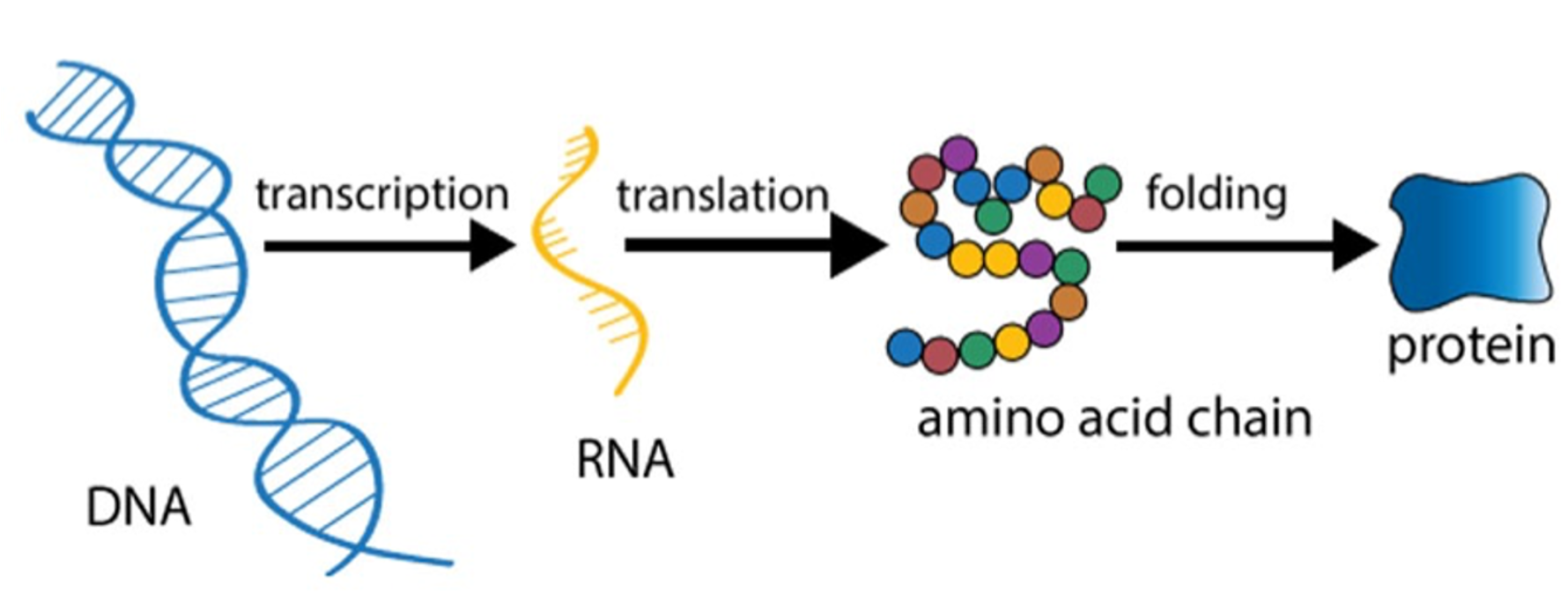
Gene expression - regulation
•Only certain genes are transcribed in each cell.
•Genes are switched on or off in accordance with the type of cell and its activity.
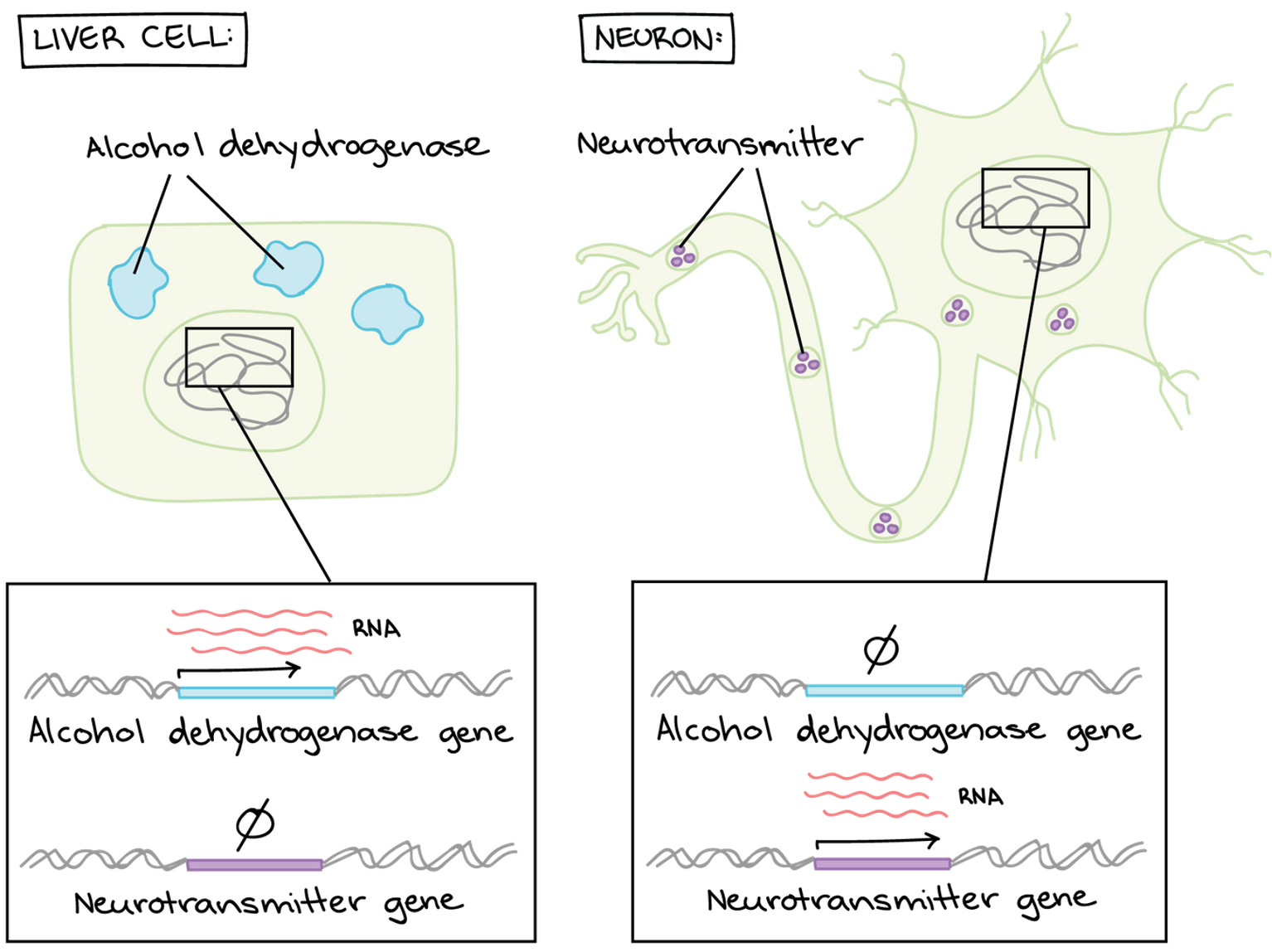
Factors effecting wether a gene can be expressed
⚬age of the cell,
⚬time of day,
⚬signals from other cells,
⚬the environment of the cells and
⚬whether of not the cell is dividing.
⚬another way in which gene expression is regulated is through epigenetic factors.
Epigenetics
•Epigenetics can be defined as altering the expression of a gene without changing the gene structure, i.e., the DNA is unaltered.
•Examples of how gene expression can be altered:
1.Gene ‘switched on’ – acetylation & histone modification.
2.Gene ‘switched off’ – DNA methylation
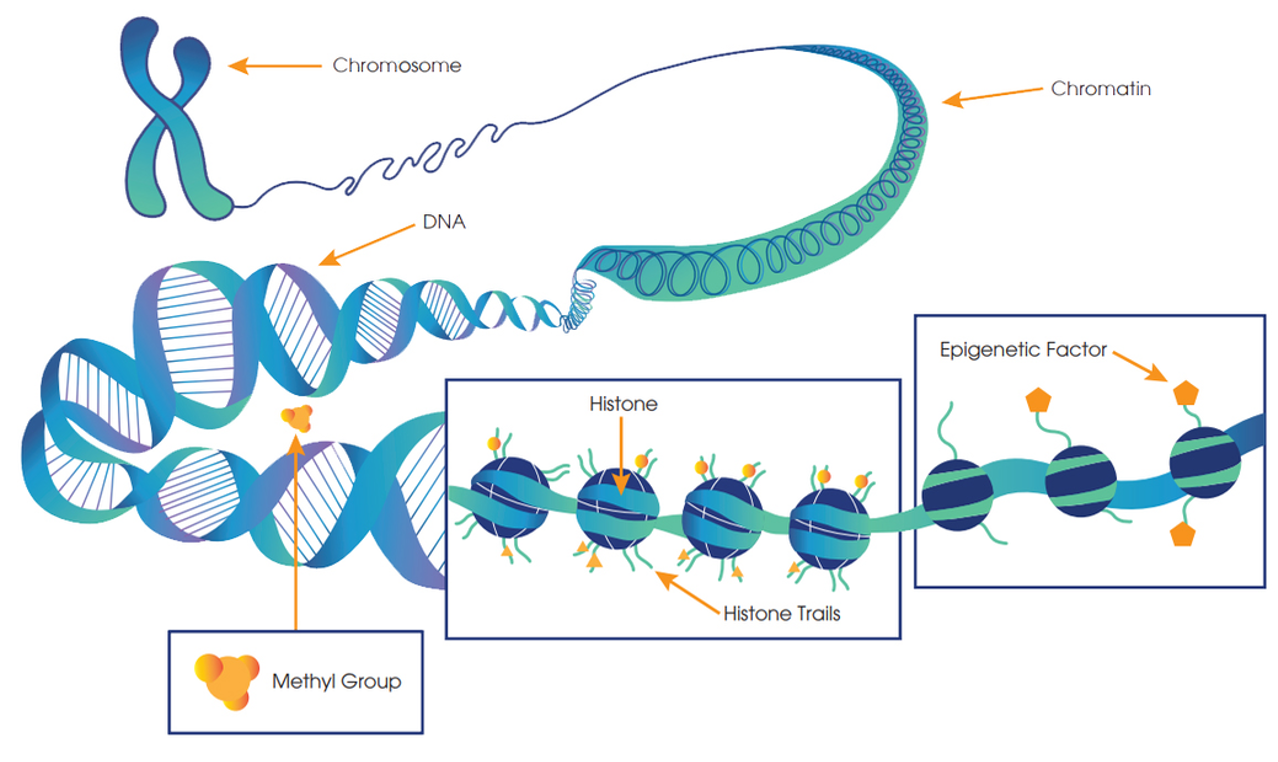
What happens if a histone is modified
Effects gene expression
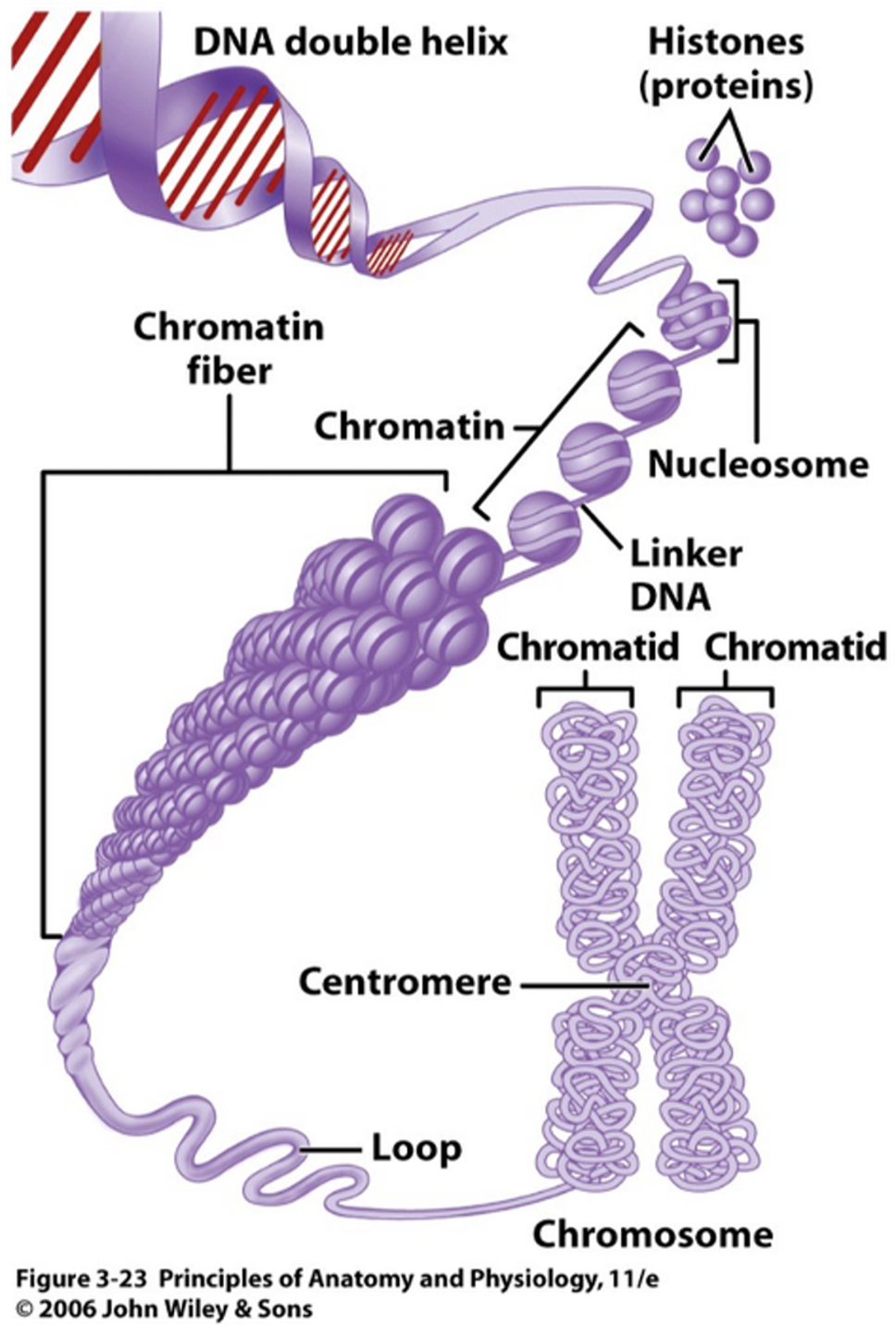
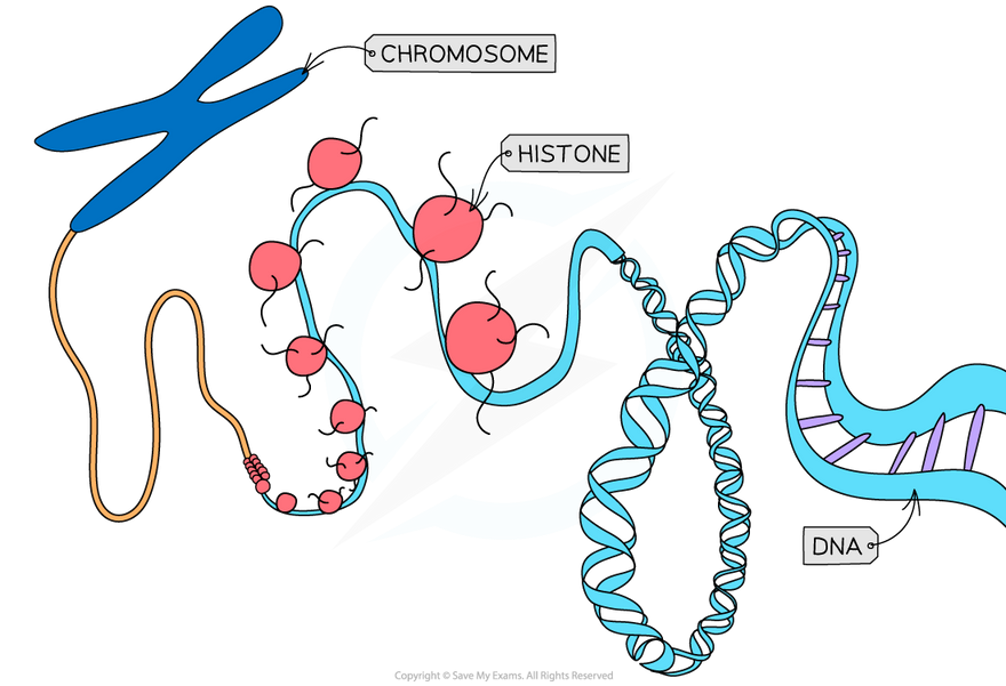
Histone modification - Acetylation
•Involves the addition of an acetyl group (-CH3CO), to the histone proteins (histone modification).
•This causes the histones to loosen how tightly the DNA molecule is coiled around the histone.
•This will expose the gene (DNA) which will allow the RNA polymerase to access the gene, thus allowing for transcription to occur.
•The attachment of the acetyl group will therefore enhance gene expression, i.e., the gene is switched on.
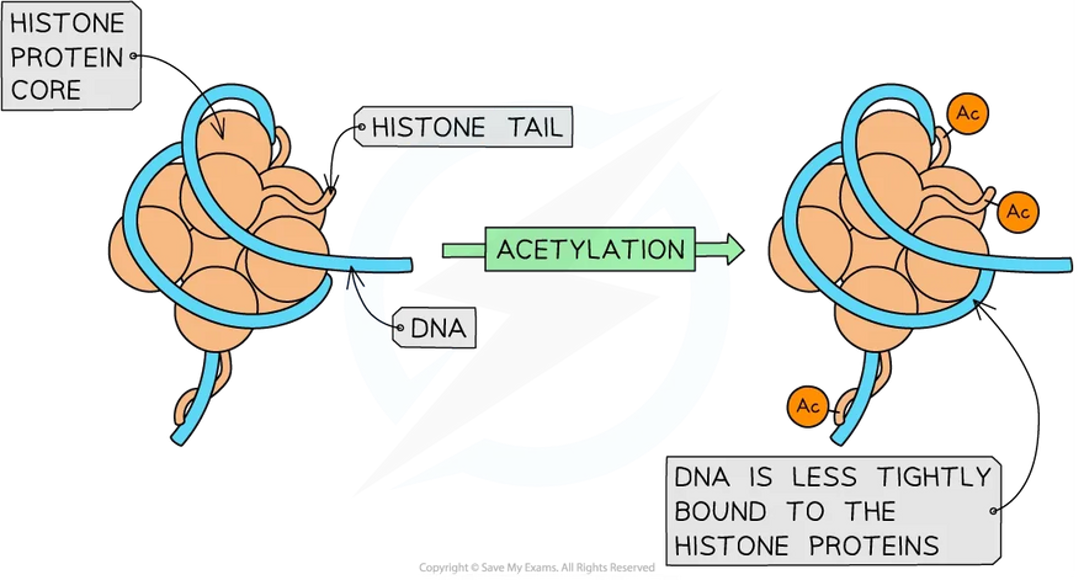
DNA Methylation
•Addition of a methyl group (-CH3) to cytosine bases of the DNA molecule.
•Usually occurs at sites where cytosine is adjacent to guanine, which is called as CpG site (cytosine-phosphorus-guanine).
•DNA methylation tightens the how the DNA coils around the histone.
•This will block the gene (DNA) which will prevent the RNA polymerase accessing the gene, and thus not allow transcription to occur.
•The attachment of the methyl group will therefore inhibit gene expression, i.e., the gene is switched off.
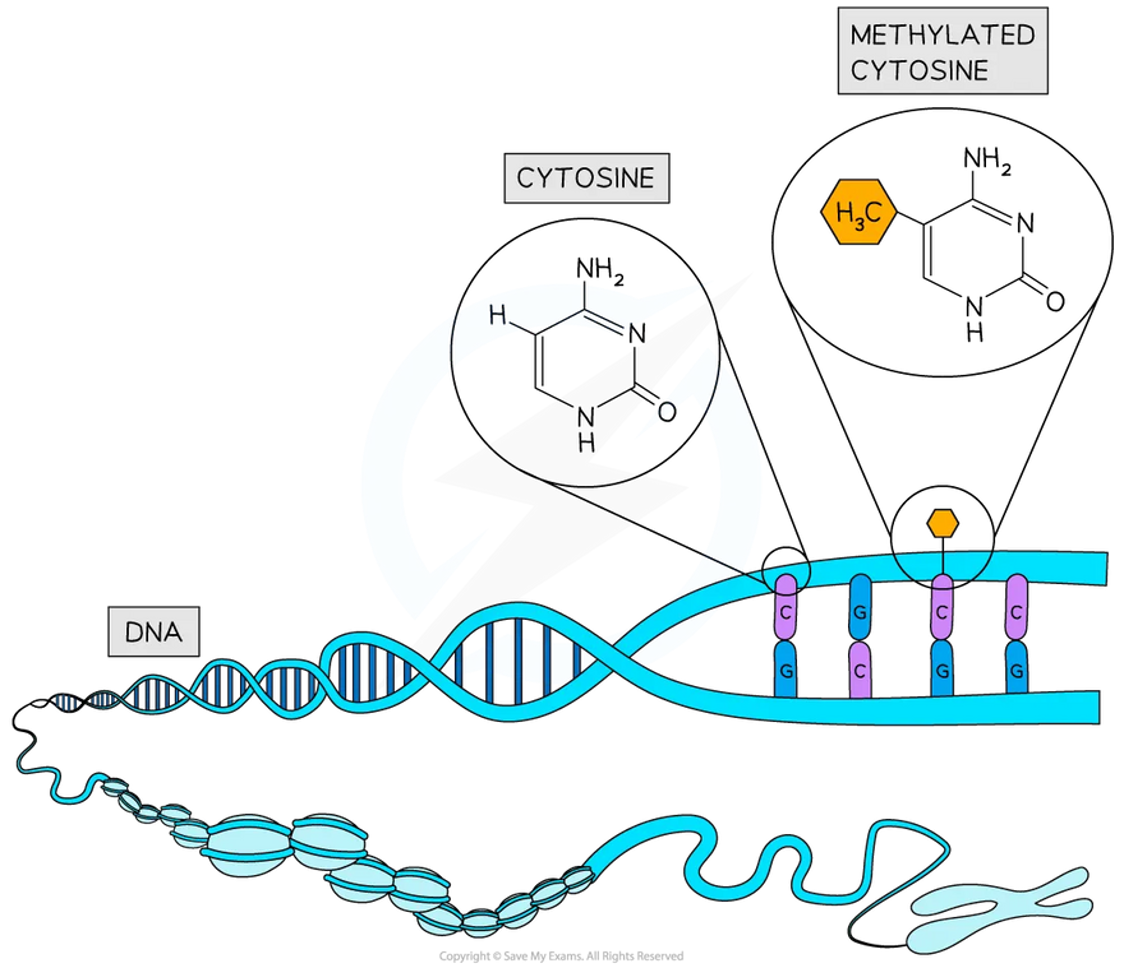
Epigenetic tags
•i.e., methyl groups, acetyl groups, are gained and lost throughout an individual’s lifetime.
•This is a result of an individual’s lifestyle and the influence of the environment, for example, diet, physical activity, stress, toxins/drugs.
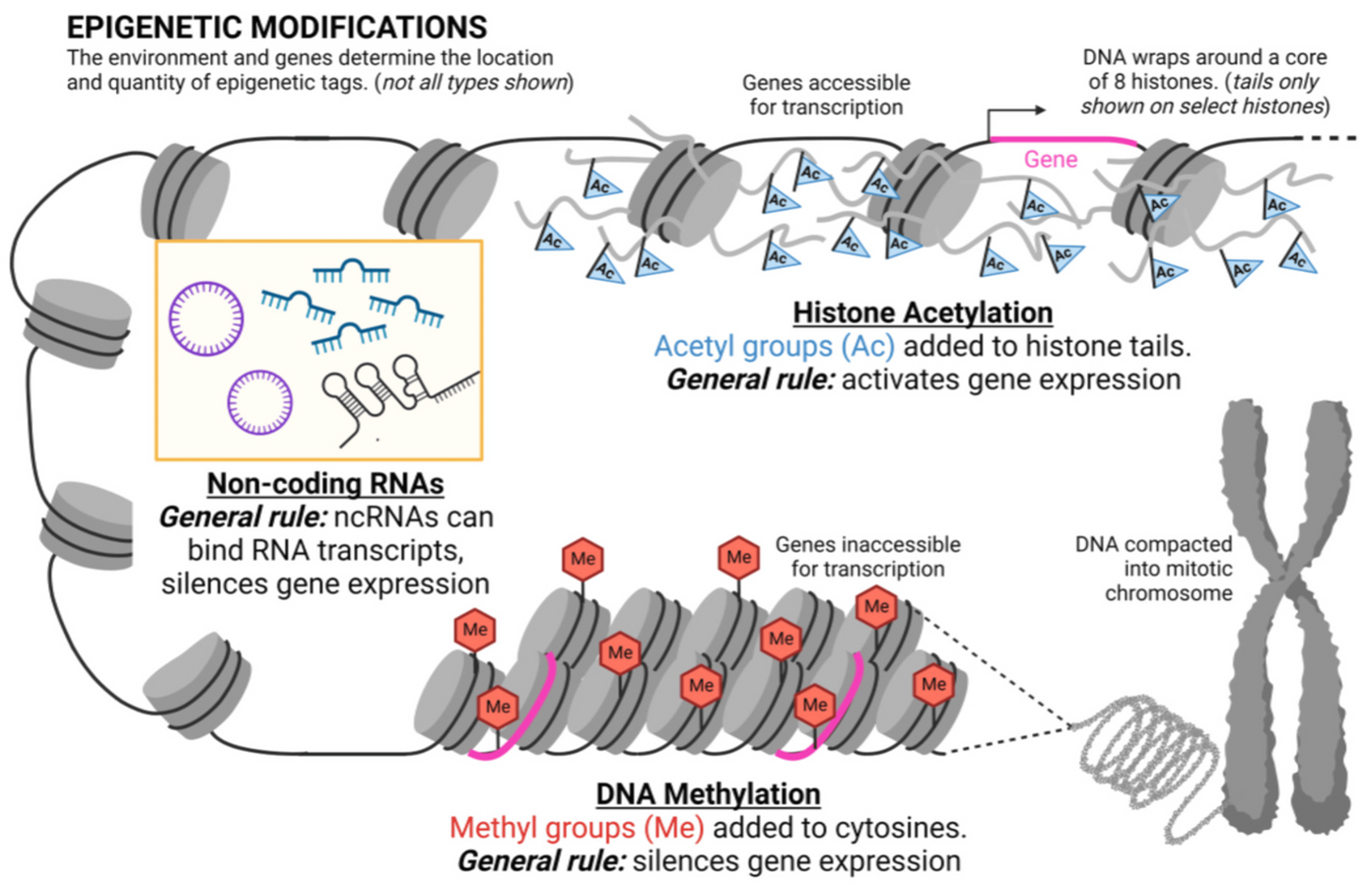
Genome v Epigenetics
•The genome is the set of instructions that determines the types of proteins needed for a functional cell, i.e., it is the hereditary information that is encoded in an individual’s DNA.
•The epigenome is a set of instructions that determine when, where and which genes are ‘switched on’ or expressed, some of which can be passed onto offspring.
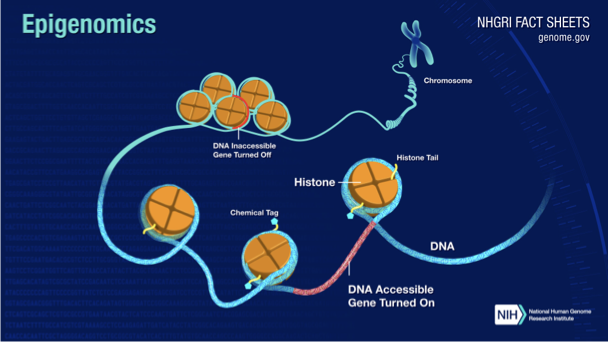
Nature v nurture
•The expression “nature vs. nurture” describes the question of how much a person's characteristics are formed by either “nature” or “nurture.”
⚬“Nature” means innate biological factors, namely the genes we inherit from our parents.
⚬“Nurture” can refer to upbringing or life experience more generally.

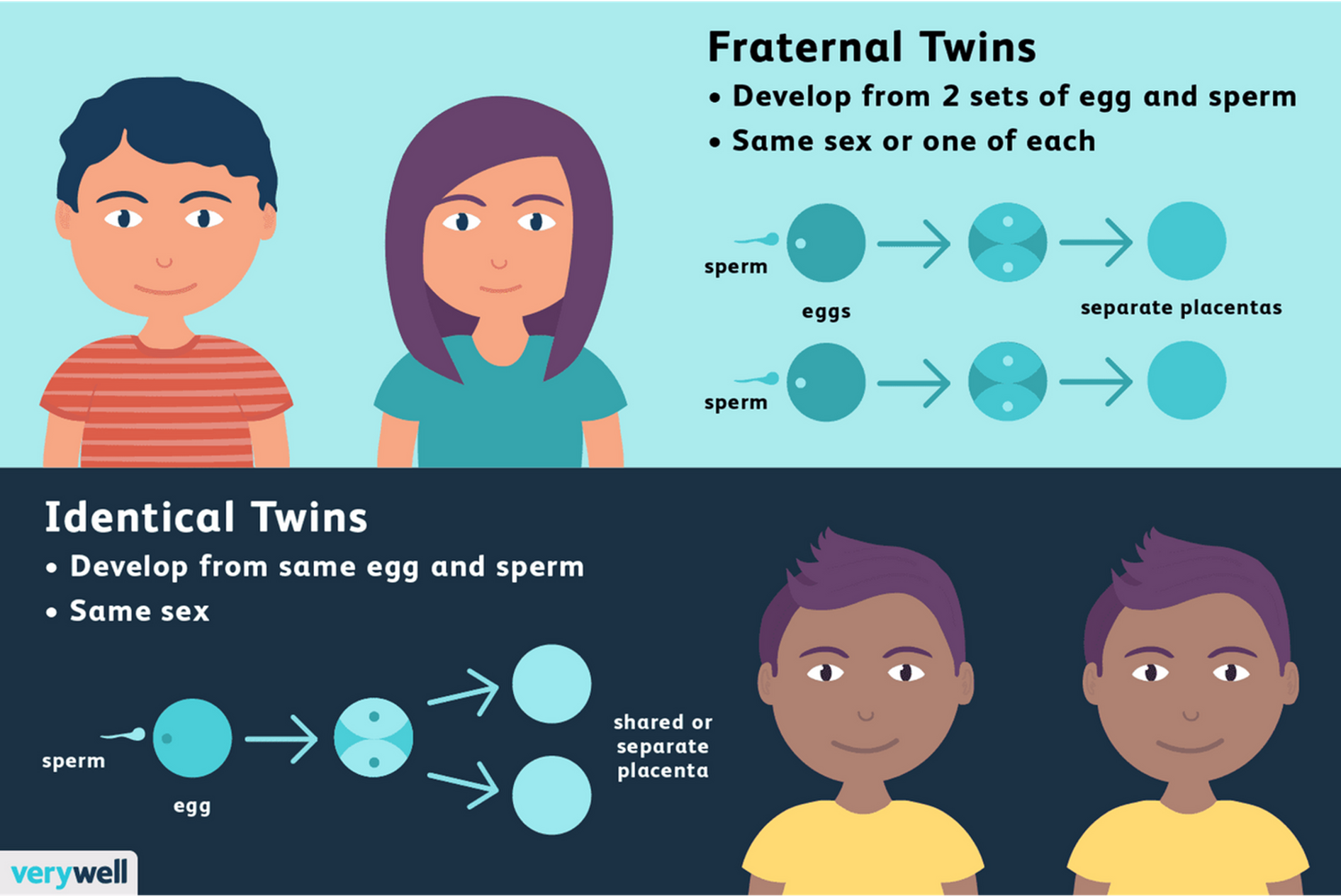
Twin studies - concordance rates
•Concordance Rates:
⚬In genetics, concordance is the probability that a pair of individuals will both have a certain characteristic given that one of the pair has the characteristics.
⚬A twin study compares the concordance rate of identical twins (MZ) to that of fraternal twins (DZ). This can help suggest whether a disease or a certain trait has a genetic cause.
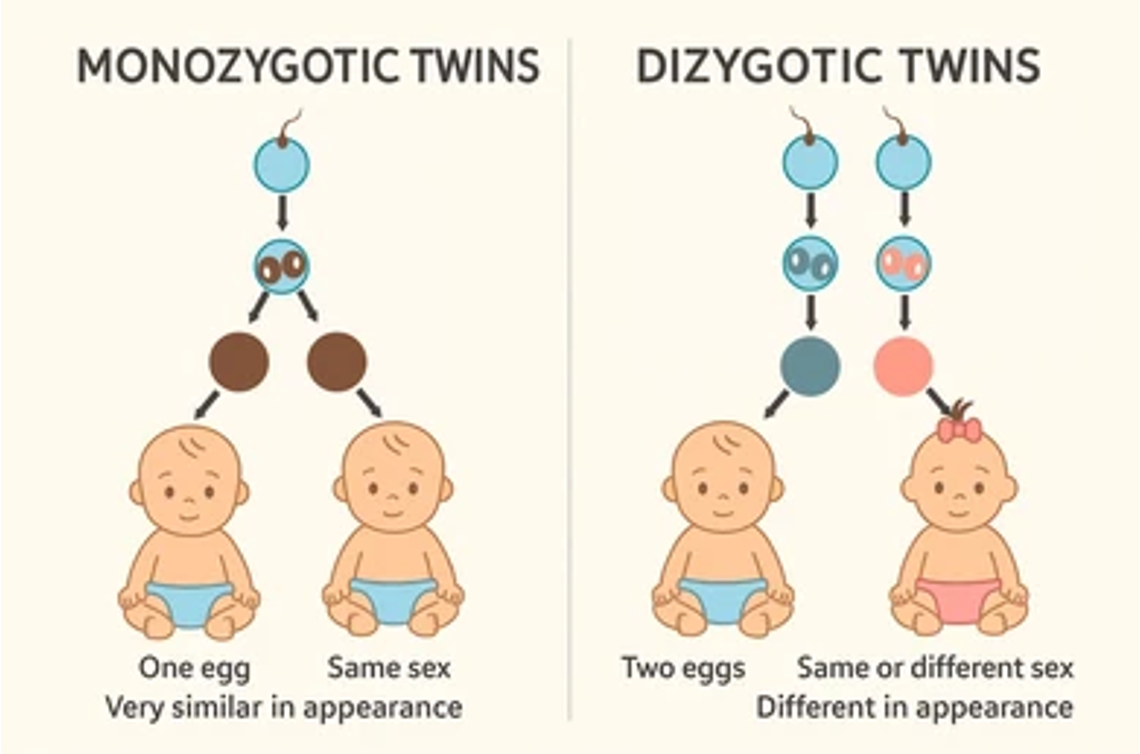
Can epigenetic tags be inherited
Current research now suggests that some of these epigenetic factors that make genes more or less likely to be expressed may be inherited.
Imprinting is when
Not all epigenetic tags are removed during reprogramming, some remain
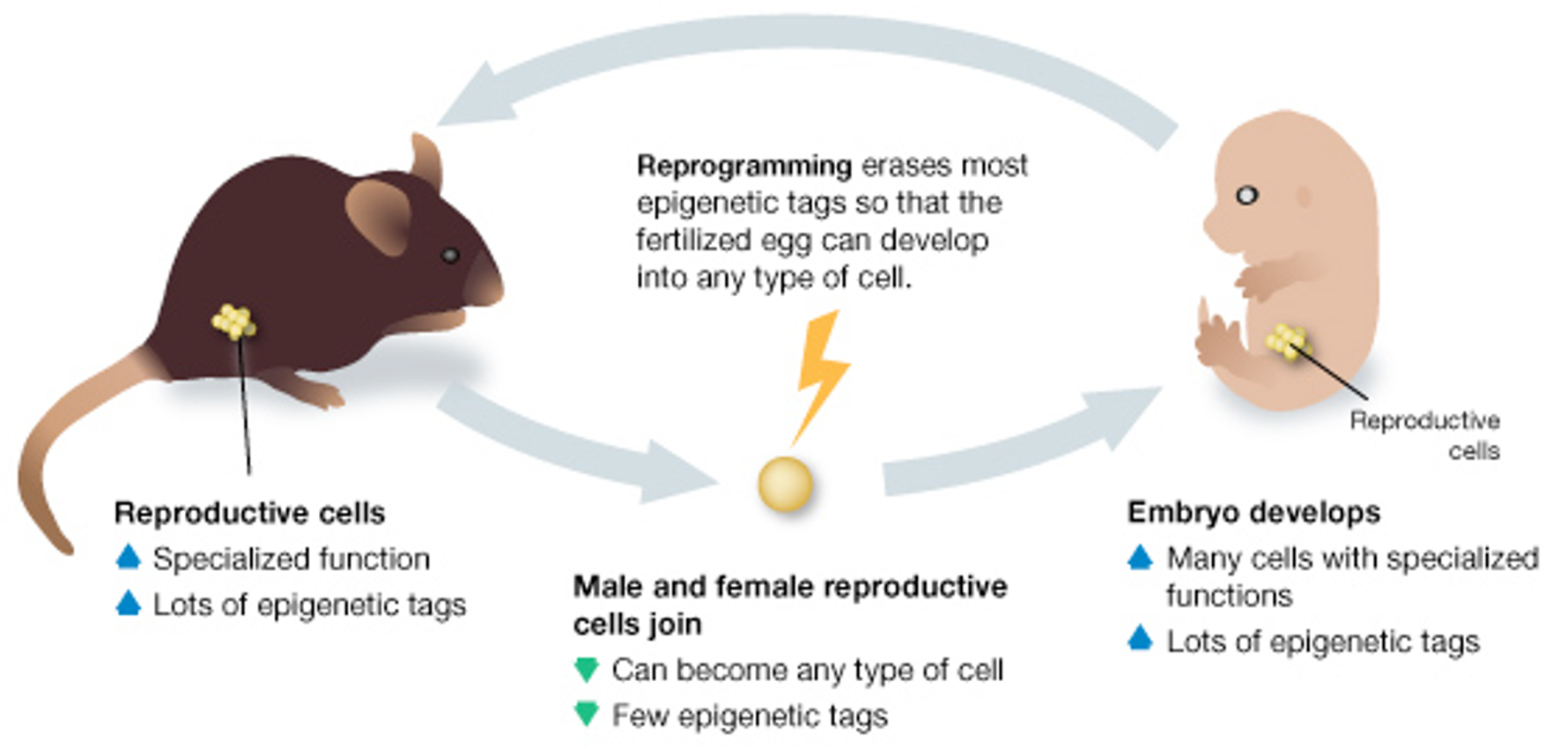
MZ twin studies
•“Insights from Identical Twins” Epigenetic Interactive from Moodle:
⚬At birth identical twins have the same genome and the same epigenome.
⚬As each individual sibling is exposed to different environmental factors, different epigenetic tags are accumulated over their lifetime.
⚬Gradually this results in variations in the phenotypes of the identical twins, i.e., their epigenome changes, but their genome does not.
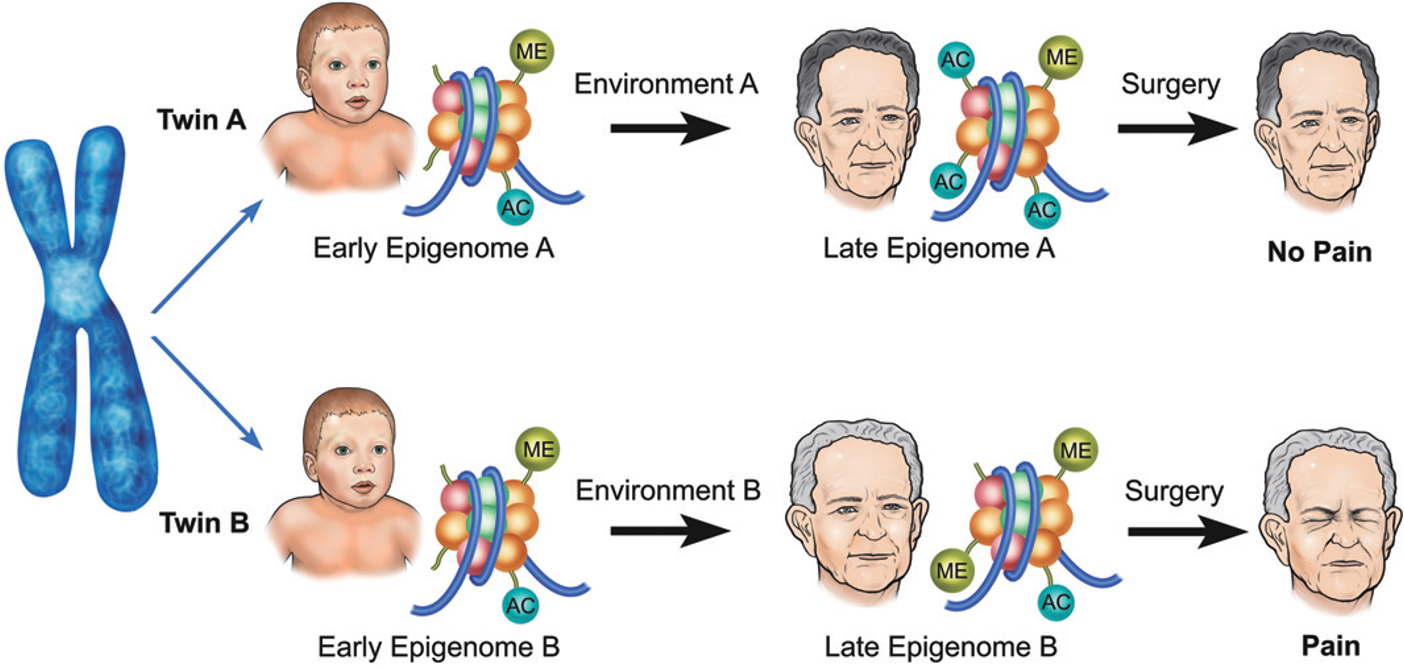
Epigenetic inheritance in rats
•“Lick Your Rats” Epigenetic Interactive from Moodle:
⚬Some mother rats spend a lot of time licking, grooming, and nursing their pups. Others seem to ignore their pups.
⚬Highly nurtured rat pups tend to grow up to be calm adults, while rat pups who receive little nurturing tend to grow up to be anxious.
